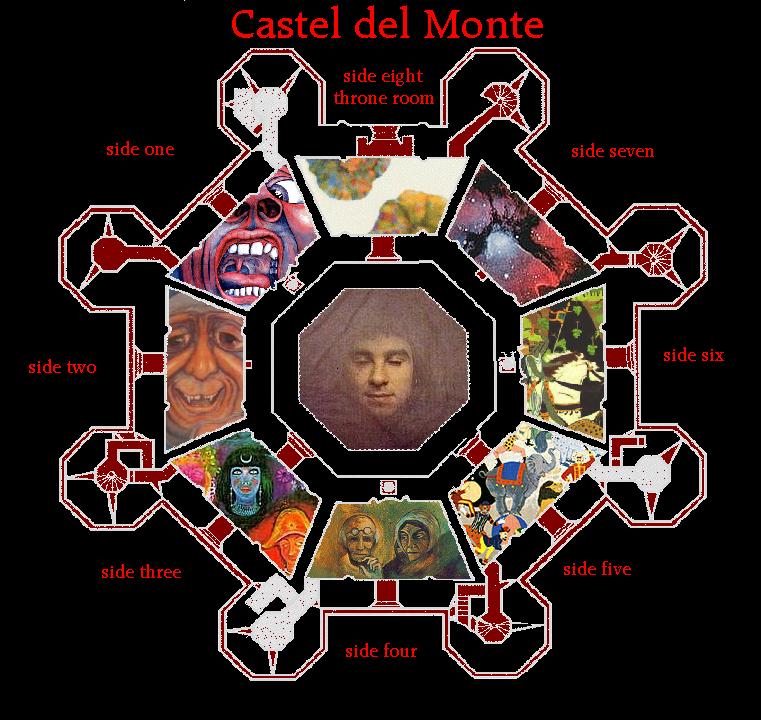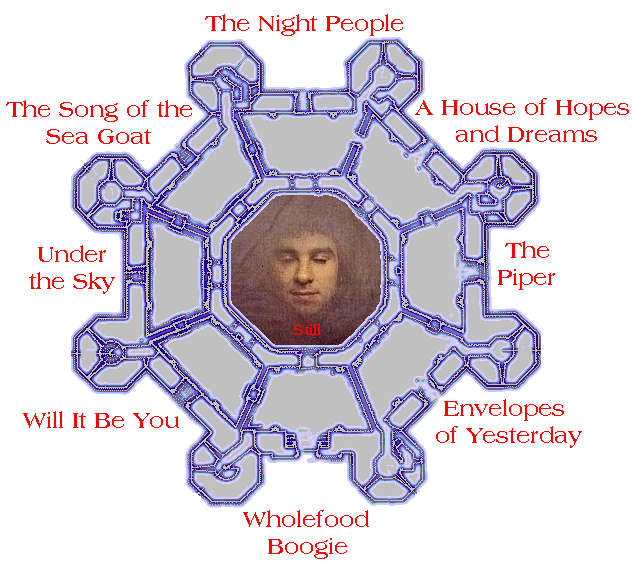
Two
- chapter index -
pg. 1 - Introduction | pg. 2 - Eight | pg. 3 - Eight | pg. 4 - Eight | pg. 5 - Eight | pg. 6 - Eight
pg. 7 - The Dharma Wheel | pg. 8 - Still | pg. 9 - Envelopes of Yesterday | pg. 10 - A Tumbling Kite
pg. 11 - An Empty Town | pg. 12 - The Piper | pg. 13 - A House of Hopes and Dreams
pg. 14 - The Night People | pg. 15 - River of Life | pg. 16 - Photos of Ghosts
pg. 17 - Promenade the Puzzle
site index
Translate from
"And he arose, and rebuked the wind, and said unto the sea, Peace, be still. And the wind ceased, and there was a great calm."
- Mark 4:39

Empty yourself of everything.
Let the mind rest at peace.
The ten thousand things rise and fall while the Self watches their return.
They grow and flourish and then return to the source.
Returning to the source is stillness, which is the way of nature.
- Lao Tzu
























 Arachnophilia
Arachnophilia